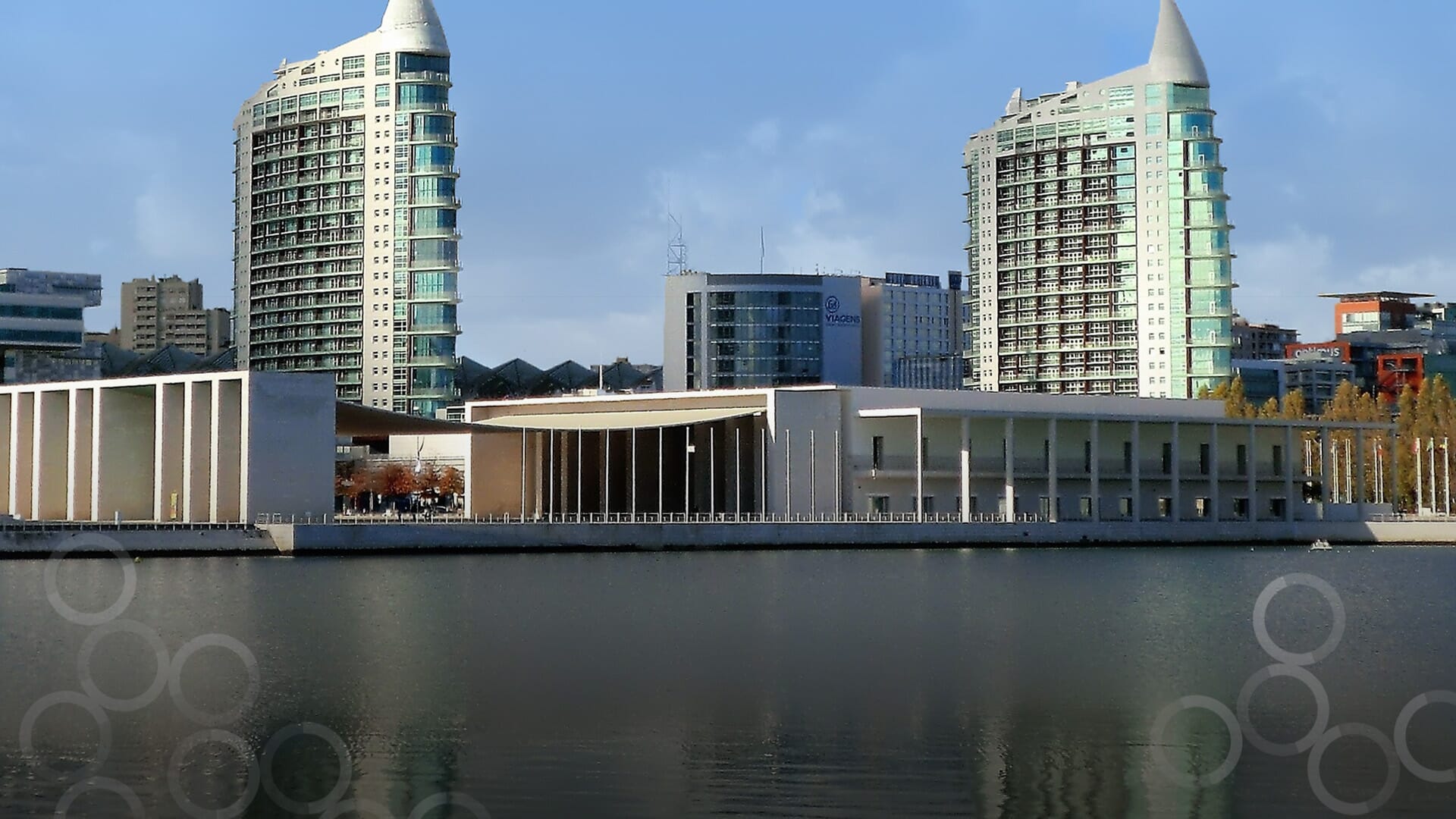
Lisbon’s real estate prospects tops German cities for 2019
Portugal buoyed by cyclical high while Brexit holds back London, but beware of structural changes, warns PwC.
January 16, 2019Real Estate
Europe’s real estate industry faces the challenge of navigating a late-cycle market, according to Emerging Trends in Real Estate - Europe 2019, a 92-page report published by PwC and the Urban Land Institute (ULI). Published in November 2018, and taking into account 885 survey responses from a wide range of industry experts across 22 European countries, the report covers familiar concerns around historically high values and the scarcity of suitable assets. However, it notes that there is a late-cycle edge to the concerns and trends. That is why Lisbon - featured in the report’s list of most attractive European cities for 2019 - has jumped ten places to number 1, from its 2018 ranking. It is widely viewed as a strong, late-cycle play.
Still, German cities continue to dominate the top ten picks, in part due to Germany’s market structure, as Gareth Lewis, head of Real Estate Research at PwC, explains: “Germany is perceived as a mature and stable economy, but from a real estate perspective it is relatively fragmented. It doesn’t have a stand-out city with the dominance of a city like London or Paris, but instead it has a number of cities that fit the bill of what you might describe as ‘18-hour cities’. They offer compelling lifestyles for urban dwellers, like Berlin or Hamburg, without being 24-hour mega cities. There are parallels with the US market in previous years, where cities like Dallas, Raleigh and Nashville ranked high as investment destinations”.
Uncertainty favours Germany
Lewis goes on to argue that the ramping up of uncertainty over the last couple of years - as to whether real estate markets are at the top of the capital cycle, and also political pressure and disruption - has in fact worked in Germany’s favour. “Germany is backed up by its solid economy, which is attractive to investors coming down the risk curve, who also see value in its cities. Thus, four of the top ten European cities (Berlin, Frankfurt, Hamburg and Munich), ranked according to investment and development prospects, are German. We have seen a similar trend in the US market , where a whole range of ‘18-hour’ cities have ranked highly in recent years.”
Near to the bottom of the report’s rankings sits London, at number 29, just above Moscow and Istanbul. Brexit - in whatever form - is affecting investor sentiment and driving the majority of them into the Eurozone, which is seen as a safer and more fruitful investment destination in 2019, even if “a good number of interviewees equate risk with opportunity”, as the report states. However, the report also points out that London’s low position remains a paradox and that although London has been rated very low on prospects relative to most of its continental cousins, ever since the Brexit referendum vote in 2016, capital continues to flow into the city from outside Europe, especially from Asia.
Structural changes
Political problems like Brexit aside, the cyclical influence on real estate markets in Europe is clear, according to Lewis: “We are late in the cycle and a lot of capital is still looking for real assets and yield, which has driven a move into alternative assets. But we are also seeing significant structural changes, and there is a danger that people may underestimate the impact of these structural changes because they focus too much on the cyclical aspects.”
The impact of e-commerce and technology on retail, reducing the need for physical stores, is a clear case of structural change, says Lewis: “However, offices have also been undergoing significant, structural changes, most clearly demonstrated by the the rise of the flexible office sector - with a range of new, evolving products and services aimed at meeting the occupation needs of corporates. Societies are changing and business are using more agile solutions, while the workforce is dispersing across a whole range of real estate, creating challenges for traditional office providers.”
Logistics is another asset class where structural changes are afoot: “Logistics has always been seen as a relatively straightforward asset, but it is changing fast in response to the disruption in other industries, including retail. It is becoming more sophisticated and segmented, whether that’s big-box logistics, urban, last-mile, ultra-urban or other sub-sectors.”
And residential is also undergoing structural changes: “Residential real estate is the oldest, but perhaps the least institutional of real estate asset classes. So, in the same way, it too has been undergoing structural changes as it becomes professionalised and evolves to meet the demands of ‘Generation Rent.’”
Real estate market trends will be discussed further at Deutsche GRI 2019 on 8-9 May in Frankfurt, at British & Irish GRI 2019 on 15-16 May in London, and at Portugal GRI 2019 on 21-22 May in Lisbon.
Still, German cities continue to dominate the top ten picks, in part due to Germany’s market structure, as Gareth Lewis, head of Real Estate Research at PwC, explains: “Germany is perceived as a mature and stable economy, but from a real estate perspective it is relatively fragmented. It doesn’t have a stand-out city with the dominance of a city like London or Paris, but instead it has a number of cities that fit the bill of what you might describe as ‘18-hour cities’. They offer compelling lifestyles for urban dwellers, like Berlin or Hamburg, without being 24-hour mega cities. There are parallels with the US market in previous years, where cities like Dallas, Raleigh and Nashville ranked high as investment destinations”.
Uncertainty favours Germany
Lewis goes on to argue that the ramping up of uncertainty over the last couple of years - as to whether real estate markets are at the top of the capital cycle, and also political pressure and disruption - has in fact worked in Germany’s favour. “Germany is backed up by its solid economy, which is attractive to investors coming down the risk curve, who also see value in its cities. Thus, four of the top ten European cities (Berlin, Frankfurt, Hamburg and Munich), ranked according to investment and development prospects, are German. We have seen a similar trend in the US market , where a whole range of ‘18-hour’ cities have ranked highly in recent years.”
Near to the bottom of the report’s rankings sits London, at number 29, just above Moscow and Istanbul. Brexit - in whatever form - is affecting investor sentiment and driving the majority of them into the Eurozone, which is seen as a safer and more fruitful investment destination in 2019, even if “a good number of interviewees equate risk with opportunity”, as the report states. However, the report also points out that London’s low position remains a paradox and that although London has been rated very low on prospects relative to most of its continental cousins, ever since the Brexit referendum vote in 2016, capital continues to flow into the city from outside Europe, especially from Asia.
Structural changes
Political problems like Brexit aside, the cyclical influence on real estate markets in Europe is clear, according to Lewis: “We are late in the cycle and a lot of capital is still looking for real assets and yield, which has driven a move into alternative assets. But we are also seeing significant structural changes, and there is a danger that people may underestimate the impact of these structural changes because they focus too much on the cyclical aspects.”
The impact of e-commerce and technology on retail, reducing the need for physical stores, is a clear case of structural change, says Lewis: “However, offices have also been undergoing significant, structural changes, most clearly demonstrated by the the rise of the flexible office sector - with a range of new, evolving products and services aimed at meeting the occupation needs of corporates. Societies are changing and business are using more agile solutions, while the workforce is dispersing across a whole range of real estate, creating challenges for traditional office providers.”
Logistics is another asset class where structural changes are afoot: “Logistics has always been seen as a relatively straightforward asset, but it is changing fast in response to the disruption in other industries, including retail. It is becoming more sophisticated and segmented, whether that’s big-box logistics, urban, last-mile, ultra-urban or other sub-sectors.”
And residential is also undergoing structural changes: “Residential real estate is the oldest, but perhaps the least institutional of real estate asset classes. So, in the same way, it too has been undergoing structural changes as it becomes professionalised and evolves to meet the demands of ‘Generation Rent.’”
Real estate market trends will be discussed further at Deutsche GRI 2019 on 8-9 May in Frankfurt, at British & Irish GRI 2019 on 15-16 May in London, and at Portugal GRI 2019 on 21-22 May in Lisbon.







